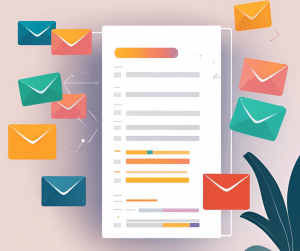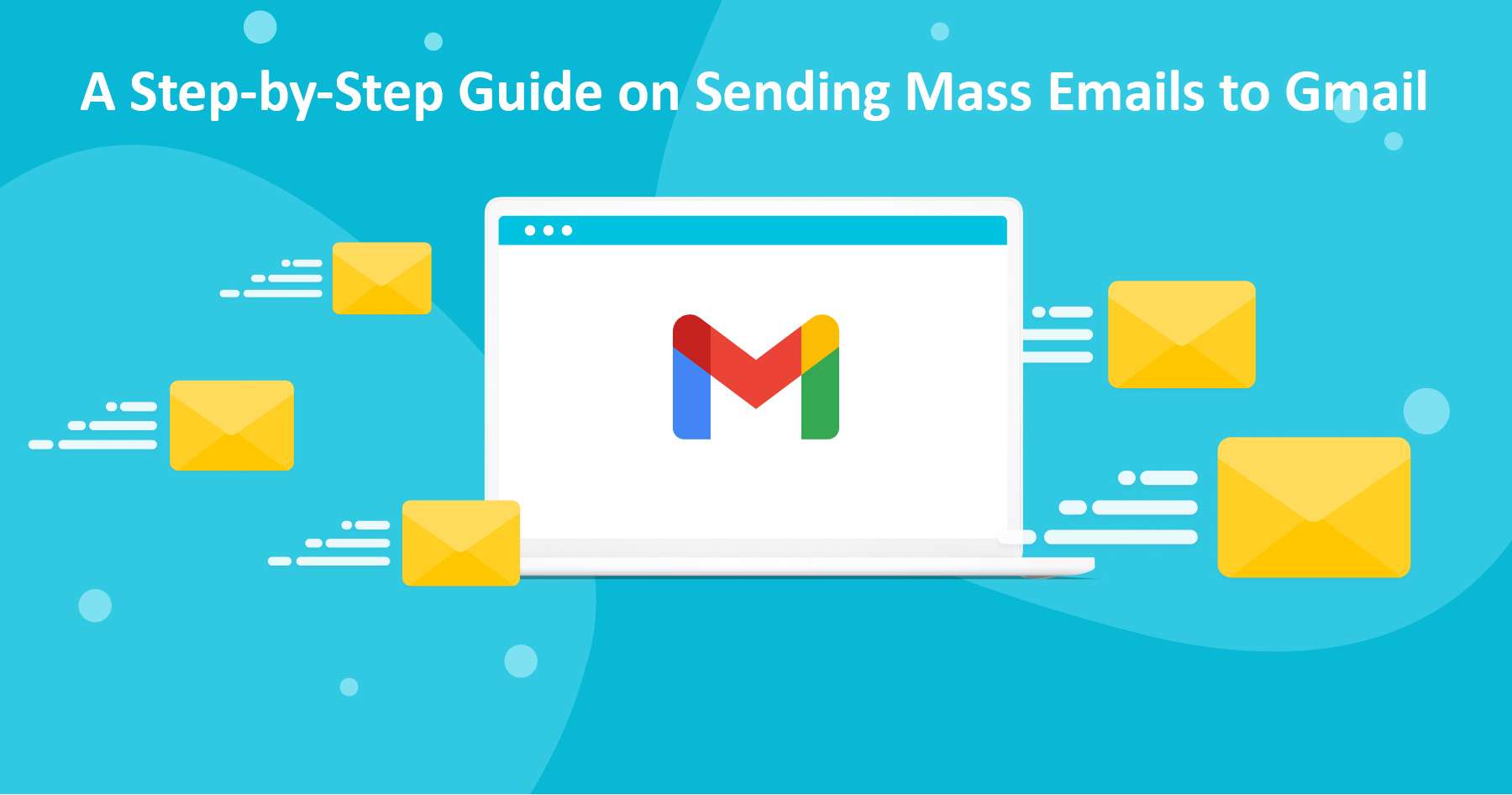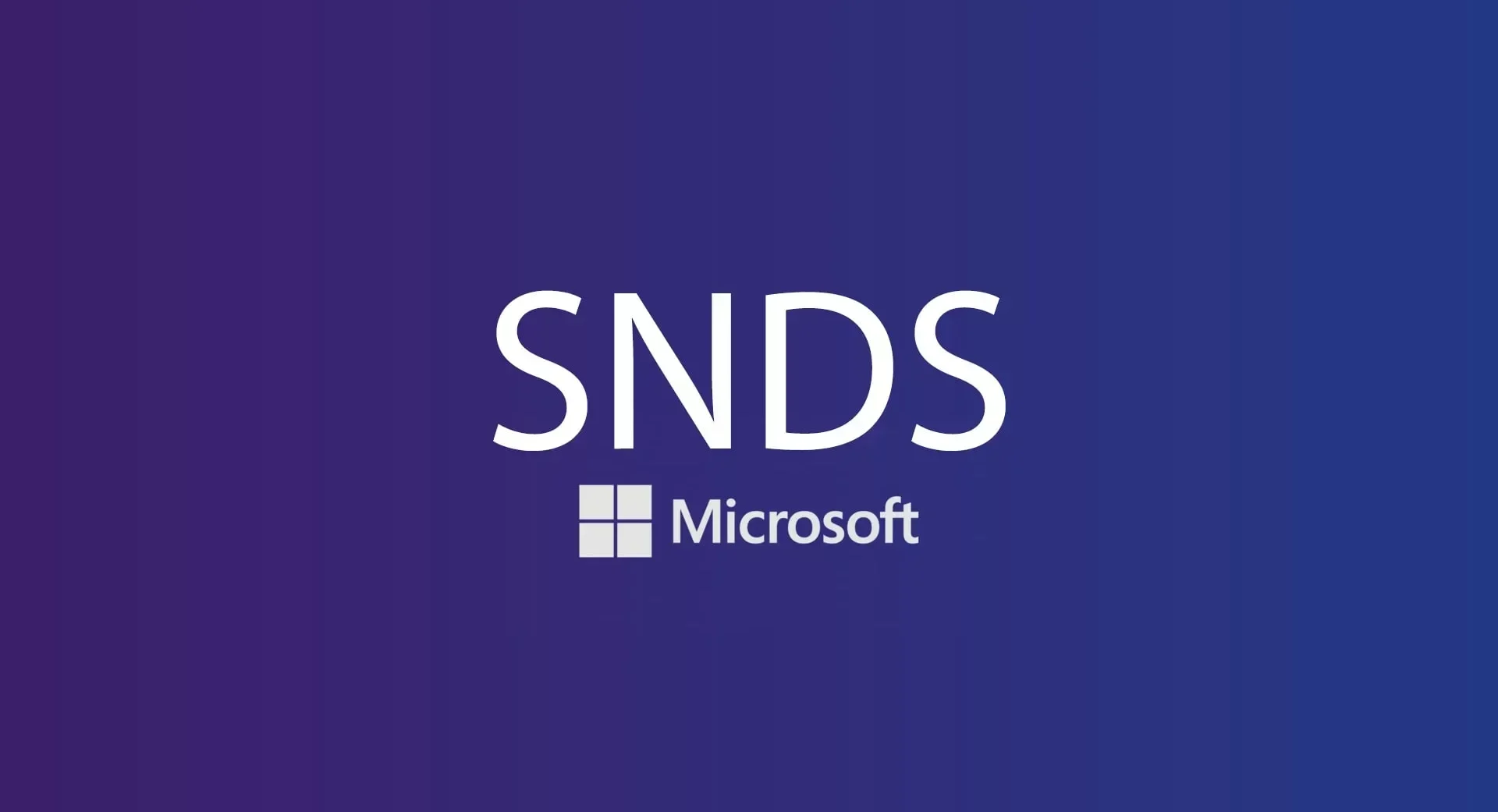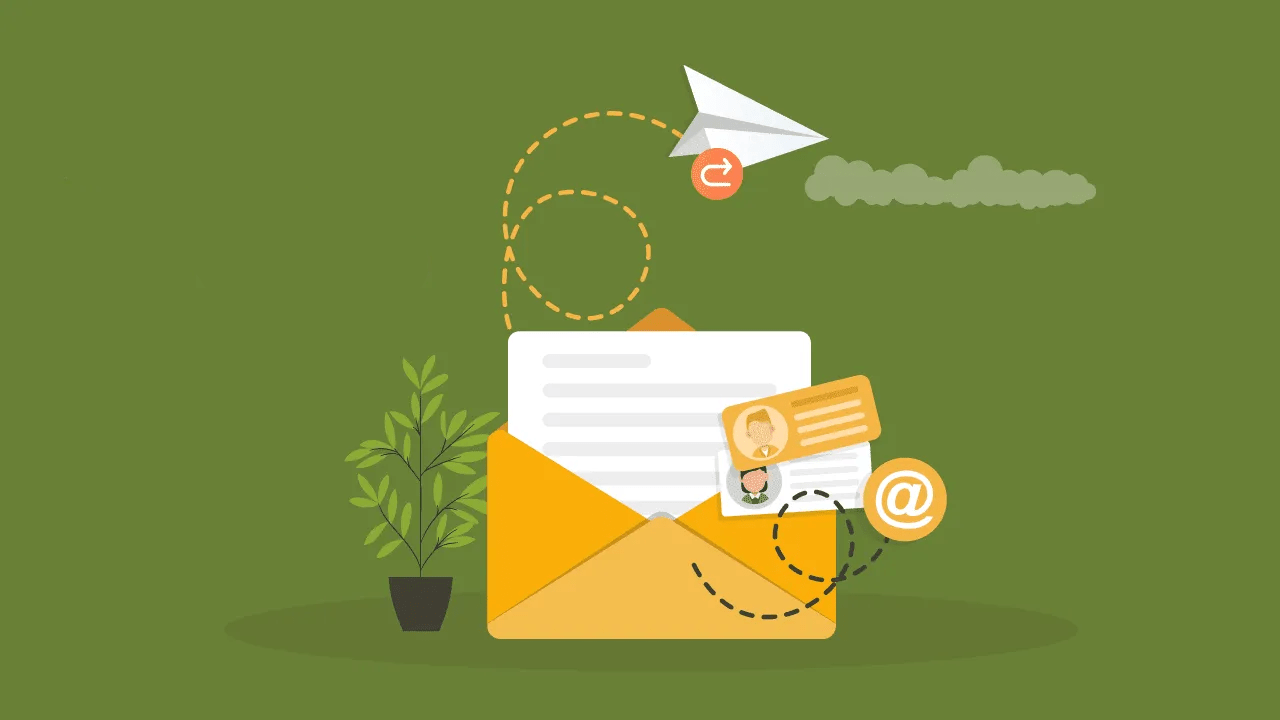66,325 total views, 12 views today
Your Ultimate Guide to Effective Email Marketing for Bloggers
In a world brimming with content, email marketing remains one of the most effective tools for bloggers to connect directly with their audience. Unlike fleeting social media impressions, emails land in the personal inbox of readers, offering a direct line of communication that fosters trust and loyalty.
For bloggers, mastering email marketing is not just about increasing traffic; it’s about building relationships, delivering value, and converting subscribers into engaged followers. This guide will help you craft emails that resonate and implement strategies that drive results.
What is Email Marketing for Bloggers?
Email marketing for bloggers is the artful practice of building and nurturing a personalized connection with an audience through thoughtfully curated messages delivered straight to their inbox. Beyond promotion, it fosters a sense of community and loyalty.
For example:
- Food bloggers can share weekly recipes or a free meal-planning guide to drive engagement.
- Travel bloggers might inspire readers by sending personalized itineraries or destination updates.
Through storytelling, analytics, and strategic design, email marketing becomes a reliable and intimate communication channel, cutting through the noise of social media.
7 Benefits of Email Marketing for Bloggers
- Direct Connection with Your Audience: Emails bypass social media algorithms, landing directly in a subscriber’s inbox for a more personal touch.
- Higher Engagement Rates: Emails have higher open and click-through rates compared to social media. For instance, using subscriber names in subject lines can improve open rates by up to 30%.
- Content Personalization and Segmentation: Tailor emails for specific audience segments. For example:
- A beauty blogger might share skincare tips with one group and makeup tutorials with another.
- Cost-Effective Marketing: Tools like ConvertKit or Mailchimp offer beginner-friendly plans with powerful features at minimal cost.
- Boosts Traffic and Monetization Opportunities: A travel blogger promoting a free e-book on budget travel tips could see a 45% boost in blog traffic from email campaigns.
- Building a Loyal Community: Regular newsletters sharing behind-the-scenes stories or exclusive offers foster a strong sense of belonging.
- Measurable Results: Email platforms provide detailed analytics, allowing you to track open rates, click-through rates, and conversions to refine your strategies.
Building an Effective Email List
Building an email list is crucial for successful email marketing. Unlike social media followers, your email list is a stable, algorithm-free communication channel.
How to Build a List:
- Offer a Compelling Lead Magnet: Examples include:
- A fashion blogger could offer a “Capsule Wardrobe Checklist.”
- A fitness blogger might create a “7-Day Meal Plan for Weight Loss.”
- Use Strategic Opt-in Forms: Place forms prominently on your site, such as in:
- High-traffic areas like your homepage or blog posts.
- Pop-ups with a clear and enticing call-to-action (e.g., “Get exclusive tips straight to your inbox!”).
5 Steps to Start Email Marketing for Bloggers
Step 1: Choose the Right Email Marketing Platform
Select a platform that suits your needs. Options include:
- SMTPServer: Ideal for high deliverability and scalability.
- Mailchimp: Beginner-friendly with a free tier.
- ConvertKit: Perfect for automation and segmentation.
Step 2: Create a Compelling Lead Magnet
Your lead magnet should solve a problem or offer value. For instance, a food blogger could share a “Quick & Easy Weeknight Dinner Recipe Guide.”
Step 3: Design Your Opt-in Forms Strategically
- Use appealing visuals and concise text.
- Place forms at key locations, such as blog posts or exit-intent pop-ups.
Step 4: Segment Your Audience for Targeted Campaigns
Divide subscribers into segments, such as:
- New Subscribers: Provide beginner-friendly content.
- Engaged Readers: Share exclusive updates or advanced tips.
- Purchasers: Send follow-up content or offers.
Step 5: Craft Engaging, Valuable Content
Write emails that deliver value. Use actionable subject lines like:
- “10 Productivity Hacks You Can Start Today!”
- “Your Free Guide to Meal Planning is Here!”

Best Practices for Writing Effective Emails
- Use Concise Subject Lines: Examples:
- “[Exclusive Guide] Master Blogging in 7 Steps”
- “Your Free E-Book is Waiting Inside!”
- Focus on One Clear Call-to-Action: Avoid overwhelming readers by guiding them to a single action.
- Include Visual Elements: Infographics or images enhance engagement.
Tools to Enhance Your Email Marketing
Here’s a comparison of popular platforms:
| Feature | SMTPServer | Mailchimp | ConvertKit |
| Deliverability | High | High | Medium |
| Automation Options | Advanced | Moderate | Advanced |
| Cost for Beginners | Affordable | Free tier | Affordable |
Each tool offers unique advantages. Choose based on your blog’s size and goals.
SEO Optimization
Integrate high-traffic keywords to improve visibility:
- “Email marketing strategies for bloggers.”
- “How to build an email list from scratch.”
- “Best email marketing platforms for beginners.”
Conclusion
Email marketing is a cornerstone of successful blogging, providing a direct line to your audience while fostering trust and engagement. By building a robust email list, crafting valuable content, and leveraging tools like SMTPServer or Mailchimp, you can unlock your blog’s full potential.
Start today and transform your blog’s email marketing strategy into a powerful growth engine!






